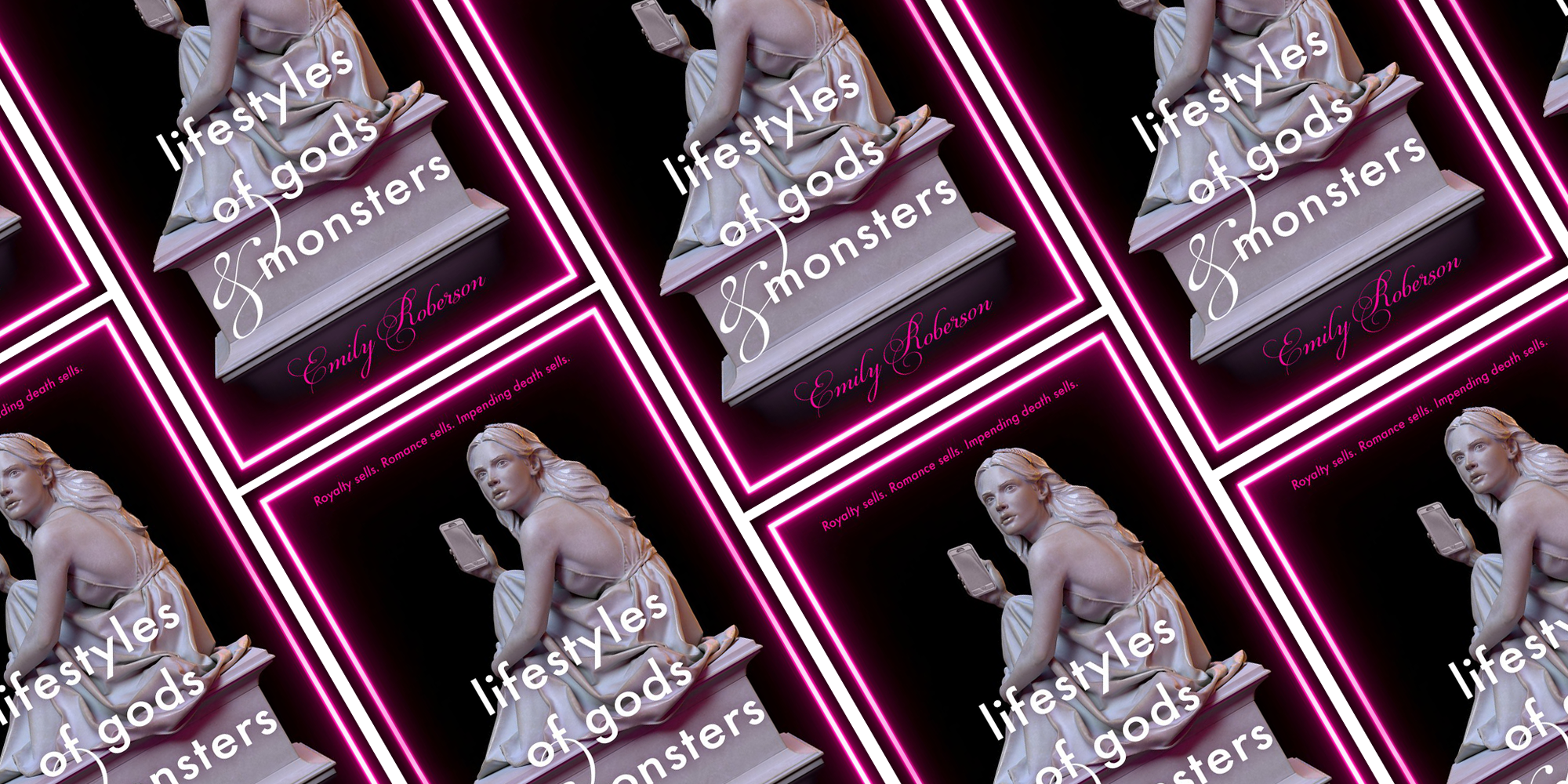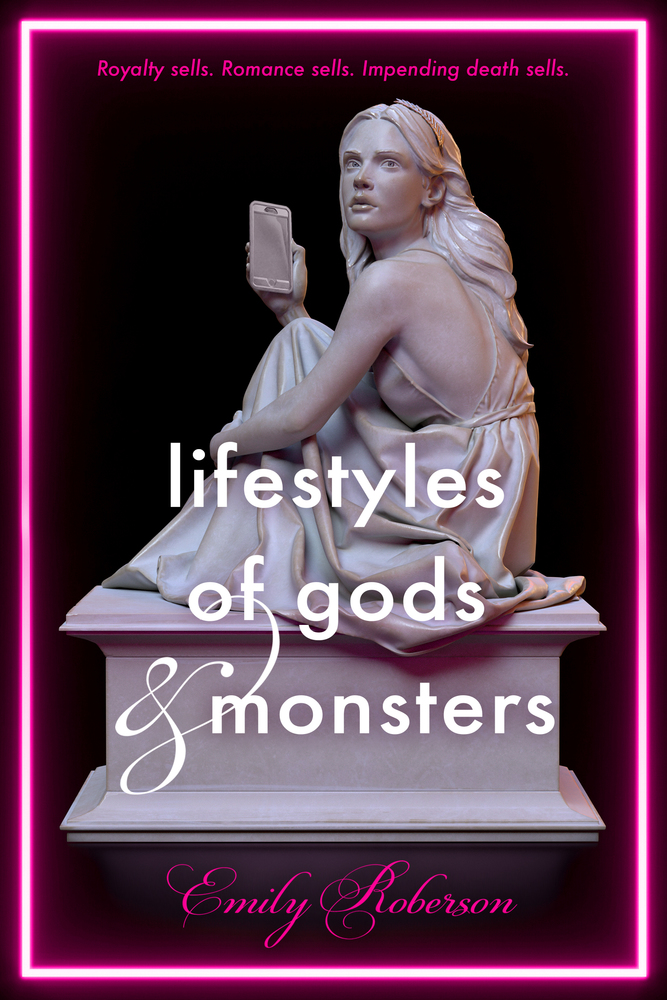Why I Love Reading and Writing Difficult Girls
October 22, 2019 | 3:00 PM
Why I Love Reading and Writing Difficult Girls
By Emily Roberson
“So, she leads the other teenagers into the maze and fights the monster?” the woman in the bookstore asks me.
I’m dropping off an Advanced Reader Copy of my book, Lifestyles of Gods and Monsters, and she’s reading the back cover copy, which describes Ariadne, my main character. She leads fourteen teens into a maze to kill a monster.
I see her misunderstanding. She thinks that Ariadne goes into the maze to fight the monster. This couldn’t be further from the truth.
Ariadne is the Keeper of the Maze. Her job is to protect the monster. The gods have decreed it, her family expects it, and for Ariadne, saving the monster’s life is the only thing that matters.
So I’m forced to answer the bookstore lady, “Um, no. She is on the monster’s team.”
“She just lets the teenagers die?” the woman asks me.
“Yes, but she isn’t happy about it,” I say, hopefully.
She doesn’t look convinced. Then she has a small burst of optimism, “It says here that the book is about reality TV, is she dressed up when she leads them to the maze?”
Again, I must disappoint her. “No, actually, she hates the reality TV part of her family’s business. They are always trying to make her over, but she won’t do it.”
“Okay,” the bookstore woman says, turning the book over. “The cover is amazing.”
I agree with her on that, one hundred percent. But if she was unsure about whether a prickly, difficult, morally compromised girl can be the hero of her own story, I’m not.
Because that is the case with all of my favorites.
In Little Women, I loved rage-filled, difficult Jo March and my only complaint as a kid was that Jo’s edges had to be softened at the end by the odious professor. In Anne of Green Gables, I admired how Anne Shirley kept her chatterbox impetuosity for almost the whole book and only disliked when she had to be a grownup at the end. What about Meg Murry in A Wrinkle in Time? Her stubbornness and rage are the reasons she can defeat IT. But in all those stories, the rough edges are smoothed by the end. What happens when you write a story where the sharp parts don’t have to be filed down?
That’s where I get to Katniss. Oh Katniss Everdeen. Stubborn, angry Katniss who simply cannot be who everyone wants her to be. She, like my Ariadne, can make herself do what other people want to protect the people she loves. But she can’t pretend to be anyone but herself, fiery radioactive core intact.
There are many stories to be told about bendable, pliable girls who want everyone to be happy and no one to be uncomfortable or angry. That’s the story girls and women are told every day about who we are supposed to be. And maybe someday I will write that story, because I believe that those girls have stories of their own. I believe that Meg March and Diana Barry (and definitely Ruby Gillis), and Meg Murry’s mother, and Madge Undersee all have tales worth telling.
But right now, I want to write about a difficult, angry girl who won’t (or can’t) do what everyone wants her to.
However, there is another part of writing a difficult girl beyond her fire.
It takes enormous fortifications to stay a difficult girl through a childhood of people trying to get you to do what they want. It takes defending your own choices tooth and nail.
But what happens when what you want changes? What happens when an unbendable girl needs to bend?
Does bending make you pliable? Or can you bend and change without losing who you are?
I have already established that I disagree with the endings for Anne and Jo, where the characters were shoehorned into respectability. But what about Meg Murry or Katniss? For me, seeing those characters release their rage, not because of what someone else wants them to do, but because of what they want to for themselves, blows a hole in me.
In Lifestyles of Gods and Monsters, Ariadne must figure out what to do when she learns that everything she thought she knew was wrong. Can she change, while also staying true to the core of herself?
That is the question at the heart of every book about a difficult girl.
And I can’t wait to read more of them.
So send me your stories of girls who fight against enormous odds to build their own lives. Girls who get what they want. Girls who talk too much or too little. Girls who don’t do what people expect. Who are angry and fiery and make people uncomfortable. Give me those girls who reserve the right to change their minds.
And I’ll keep writing them.

Lifestyles of Gods and Monsters by Emily Roberson
Greek mythology meets the Kardashians in Emily Roberson's Lifestyles of Gods and Monsters, a fresh, fast-paced debut young adult novel about celebrity culture, family dynamics, and finding love amidst it all.
Sixteen-year-old Ariadne’s whole life is curated and shared with the world. Her royal family’s entertainment empire is beloved by the tabloids, all over social media, and the hottest thing on television. The biggest moneymaker? The Labyrinth Contest, a TV extravaganza in which Ariadne leads fourteen teens into a maze to kill a monster. To win means endless glory; to lose means death. In ten seasons, no one has ever won.
When the gorgeous, mysterious Theseus arrives at the competition and asks Ariadne to help him to victory, she doesn’t expect to fall for him. He might be acting interested in her just to boost ratings. Their chemistry is undeniable, though, and she can help him survive. If he wins, the contest would end for good. But if she helps him, she doesn’t just endanger her family’s empire—the monster would have to die. And for Ariadne, his life might be the only one worth saving.
Ariadne’s every move is watched by the public and predestined by the gods, so how can she find a way to forge her own destiny and save the people she loves?




